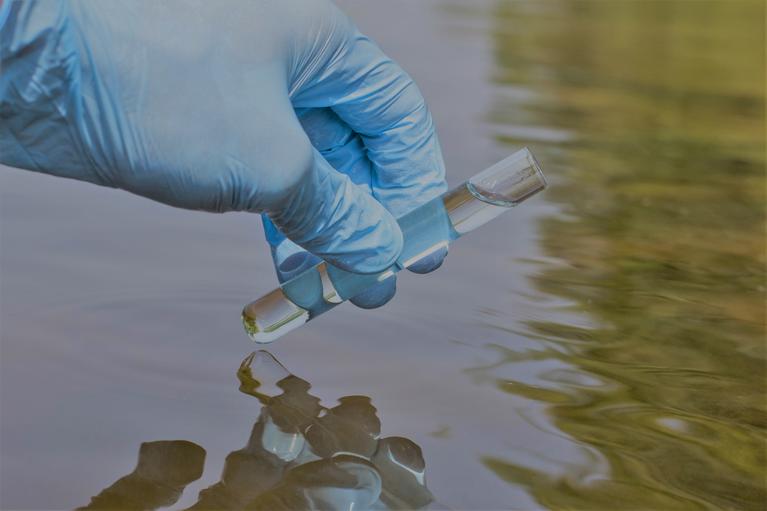
PFAS - Per- and polyfluoroalkyl substances What are PFAS?
PFAS
Per- and polyfluoroalkyl substances
What are PFAS?
Per- and poly-fluoroalkyl substances (PFAS) are a large group of human-made chemicals. Since the 1940s, industries and consumer products have widely used them. PFAS are useful in many products because they resist heat, water, and oil. Companies use these chemicals in products ranging from clothing and nonstick cookware to shampoo and certain types of firefighting foam.
The production and use of these products can result in PFAS entering the environment. Once in the environment, PFAS can contaminate our drinking water and food supply. These chemicals break down slowly and can build up in humans and animals. Researchers associate exposure to PFAS with certain negative health impacts.
Our understanding of PFAS and their potential risks may change as scientists continue studying where they are found in the environment and how they may impact health.
What can I do about it?
As we use and dispose of products containing PFAS, these chemicals can end up in our landfills and wastewater treatment facilities. Once in these facilities, PFAS may enter the environment. To protect the environment, we need to phase out the production and use of PFAS-containing products and find less-harmful alternatives.
We encourage everyone to stay informed, limit exposure to other sources of PFAS, and avoid these chemicals when purchasing consumer goods and household products. This will help protect your health and prevent further contamination of our environment and drinking water.
Our website offers resources that provide more specific information about a variety of topics and ways you can reduce your exposure.
Resources for professionals
PFAS and permits
In July 2020, the Water Quality Control Commission adopted the department's proposed PFAS Narrative Policy, Policy 20-1. This policy was renewed in 2025.
The PFAS Narrative Policy describes how the department regulates these chemicals in Colorado lakes, streams, and other waters. The Policy 20-1 fact sheet provides additional information. During a permitting action, the division evaluates the specific discharge request in the context of the policy and any sector-specific requirements.
For more information, visit WQCD Permits website.
Contact the permits team with questions at cdphe_wqcd_permits@state.co.us.
Questions?
Please contact: cdphe_pfas@state.co.us.